How Steering Columns Work: Connection and Safety
The steering column represents one of the most critical yet often overlooked components in your vehicle’s control system. Every time you turn the wheel, this carefully engineered assembly transmits your steering inputs while simultaneously providing crash protection that could save your life. Understanding how steering columns work, recognizing warning signs of failure, and knowing when […]
How Rack and Pinion Steering Works: Precision Control
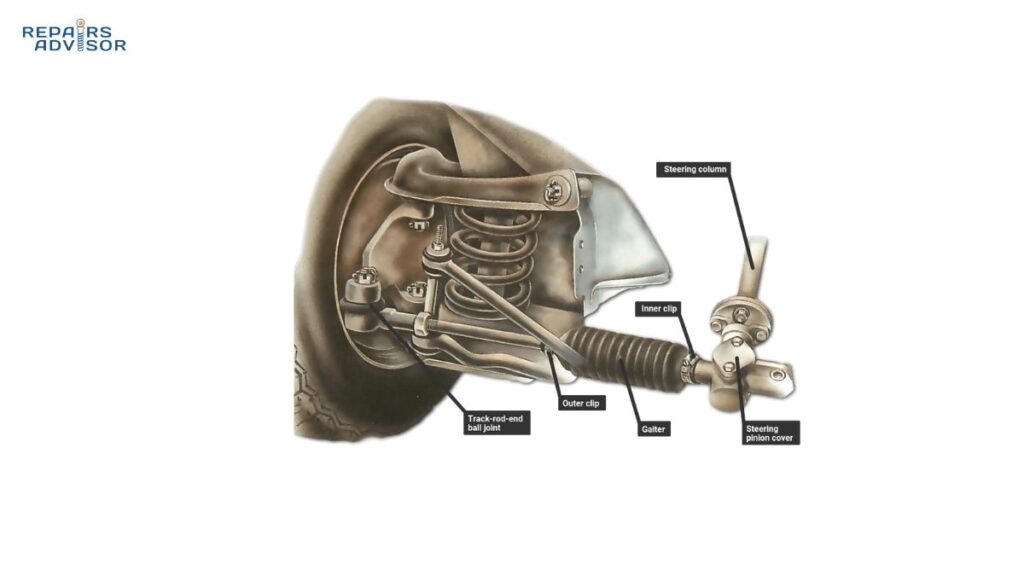
Modern vehicle steering feels effortless—turn the wheel and your car responds instantly with precision. This seamless control comes from the rack and pinion steering system, the most common steering mechanism in vehicles today, found in over 85% of cars, SUVs, and light trucks on the road. From compact sedans to performance sports cars, this elegantly […]
How Steering Geometry Works: Alignment Fundamentals
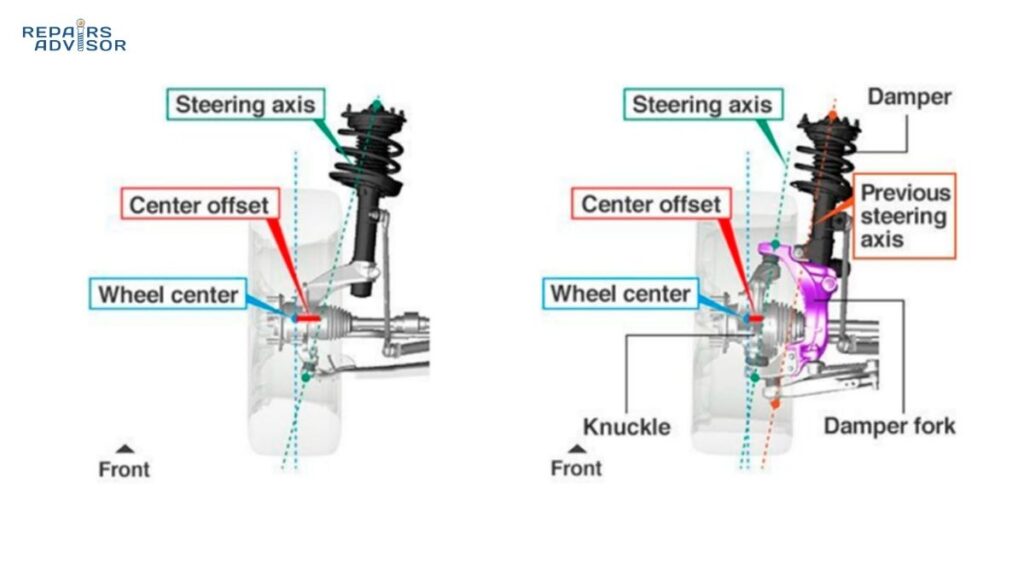
Every time you turn your steering wheel, a complex geometric relationship determines exactly how your vehicle responds. This relationship, known as steering geometry, involves five fundamental angles that work together to provide predictable handling, maximize tire life, and ensure safe vehicle control. Understanding these angles—camber, caster, toe, kingpin inclination, and scrub radius—along with Ackermann steering […]
How EPS Control Systems Work: Electronic Assistance
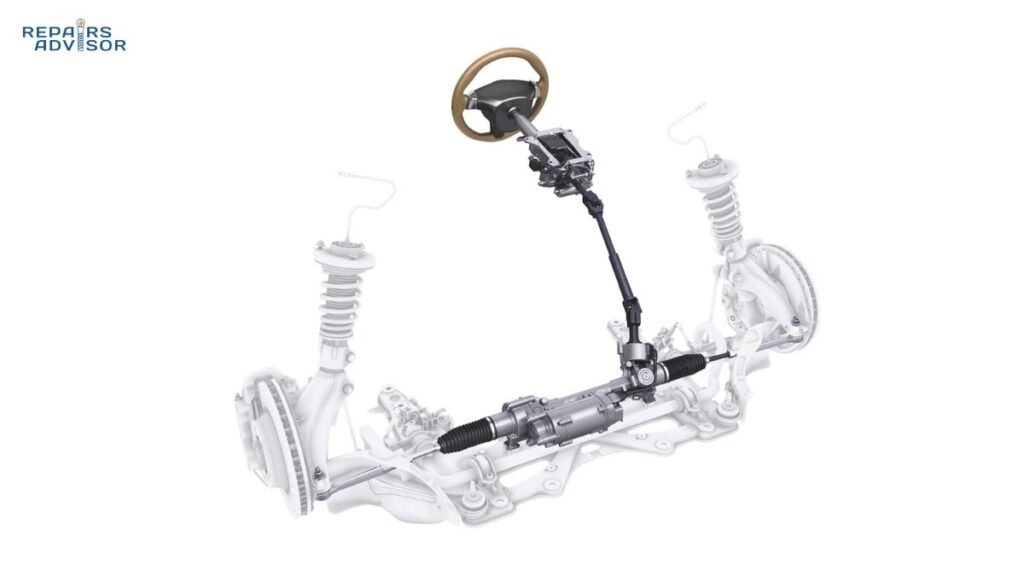
Modern vehicles have replaced traditional hydraulic power steering with sophisticated electronic power steering (EPS) control systems that represent one of the most advanced automotive technologies in use today. The EPS control system is the intelligent electronic brain that manages every aspect of electric steering assistance, from processing sensor inputs to controlling powerful electric motors with […]
How Electronic Power Steering Works: Electric Assistance
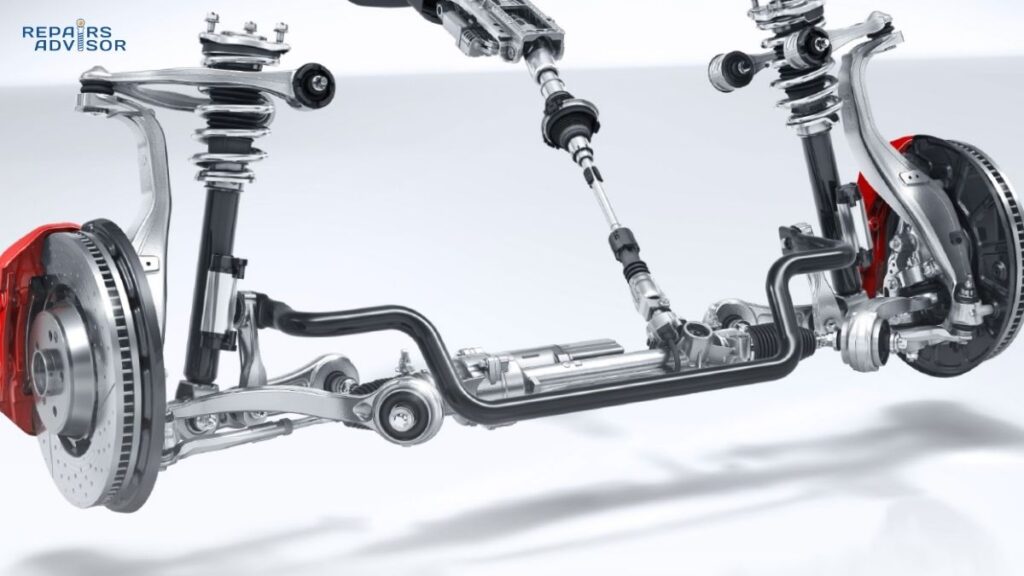
Modern vehicles have undergone a quiet revolution in steering technology. If you’ve driven a car built after 2010, you’ve likely experienced electronic power steering (EPS) without even realizing it. This electric-based system has rapidly replaced traditional hydraulic power steering, becoming the industry standard across passenger vehicles from compact cars to full-size SUVs. The transition from […]
How Hydraulic Power Steering Works: Pressure Control & Assistance
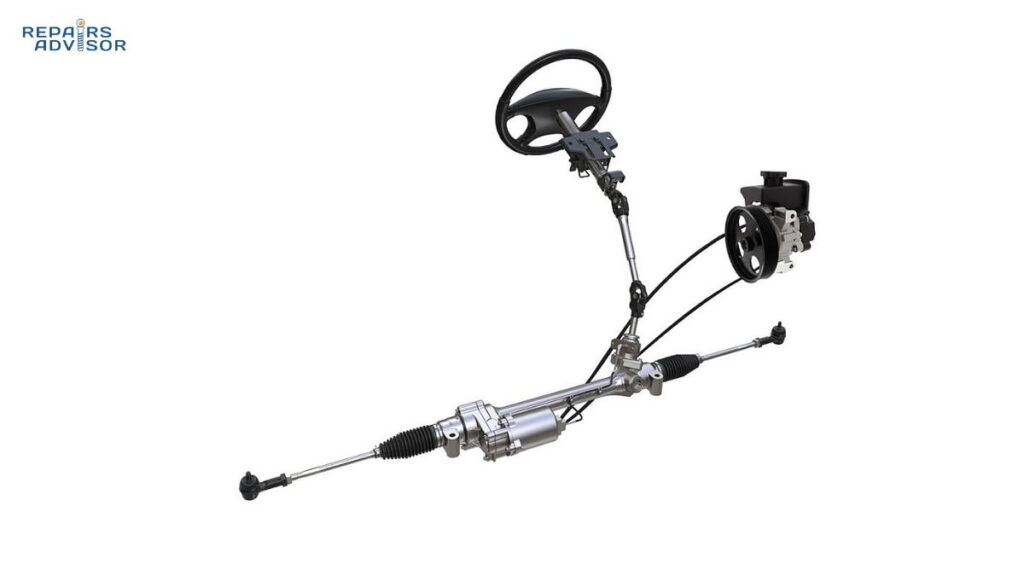
Modern vehicles can weigh well over 3,000 pounds, with a significant portion of that mass resting on the front wheels. Try steering a car without power assistance in a parking lot, and you’ll quickly appreciate why hydraulic power steering revolutionized driving when it became mainstream in the 1950s. This ingenious system uses pressurized hydraulic fluid […]
How Parking Brake Systems Work: Mechanical Holding
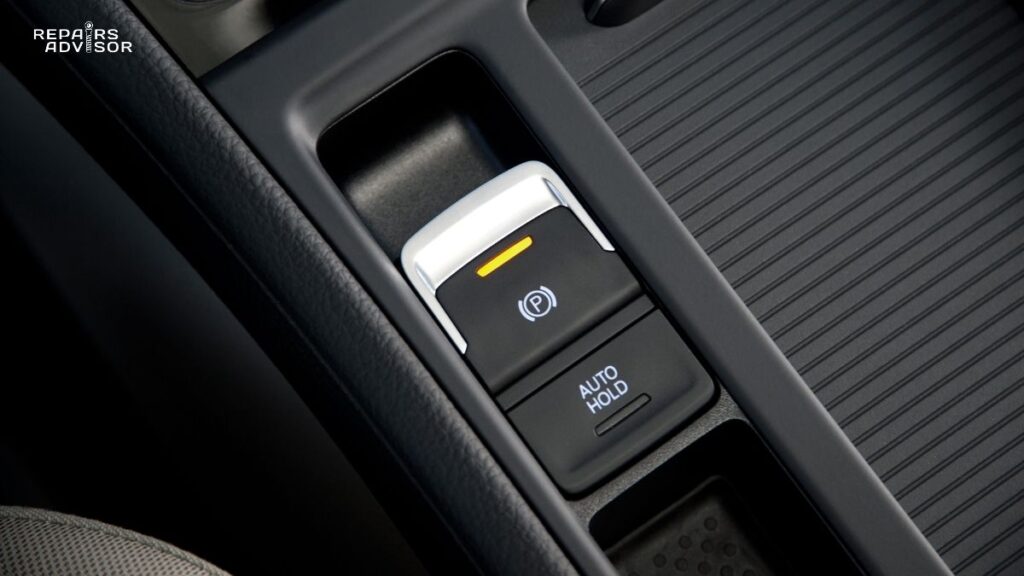
Have you ever wondered what keeps your car from rolling away when parked on a hill? Or why mechanics call it both a parking brake and an emergency brake? The answer reveals one of your vehicle’s most underutilized yet critical safety systems. The parking brake is far more than just a hill-parking tool. While most […]
How Electronic Stability Control Works: Vehicle Dynamics Management

Electronic Stability Control (ESC) stands as one of the most significant safety innovations in automotive history. According to the National Highway Traffic Safety Administration (NHTSA), ESC prevents approximately 50% of fatal single-vehicle crashes and reduces rollover risk by 80% in SUVs. This technology works silently in the background, monitoring your vehicle’s stability thousands of times […]
How Traction Control Systems Work: Wheel Slip Management
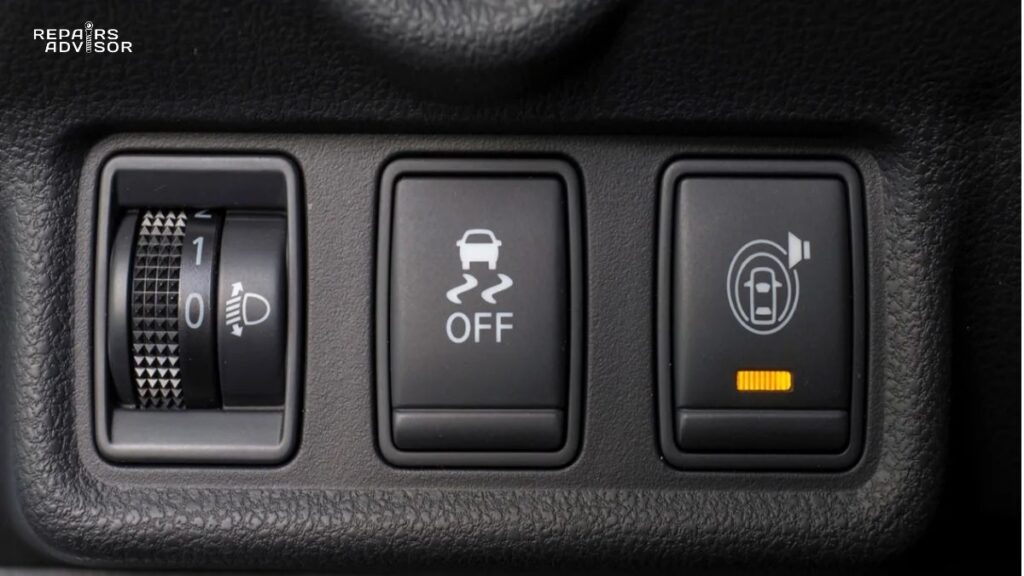
Modern vehicles come equipped with sophisticated electronic safety systems designed to keep you in control during challenging driving conditions. Among these critical systems, traction control stands out as one of the most important innovations in automotive safety technology. Since becoming mandatory on all new vehicles sold in the United States in 2012, traction control has […]
How ABS Systems Work: Anti-Lock Braking Technology

Imagine this scenario: You’re driving down a rain-slicked highway when the car ahead suddenly brakes. You slam on your brakes, but instead of skidding helplessly out of control, your vehicle maintains perfect directional stability as it comes to a controlled stop. You can still steer around the obstacle if needed. That’s the power of Anti-lock […]
How Brake-by-Wire Systems Work: Electronic Braking
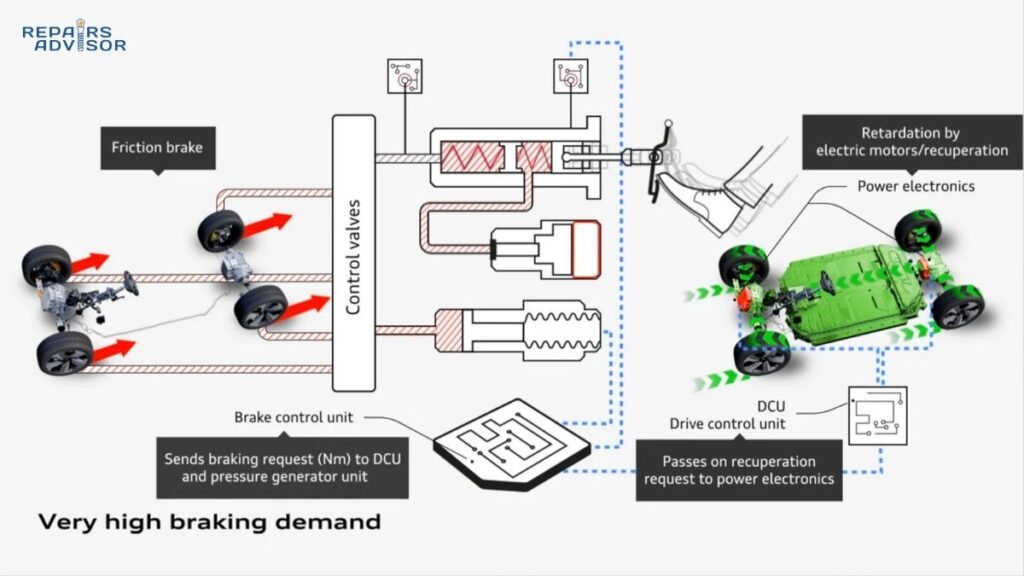
Modern vehicles are experiencing a fundamental transformation in how they stop. If you’ve driven a hybrid, electric vehicle, or recent high-performance car, you’ve likely experienced brake-by-wire technology without realizing it. This electronic braking system represents one of the most significant advances in automotive safety and efficiency since the introduction of anti-lock brakes. Brake-by-wire technology replaces […]
How Brake Pad and Rotor Tribology Works: Friction Science

Every time you press your brake pedal, your vehicle relies on tribology—the science of friction, wear, and lubrication—to safely convert kinetic energy into heat. This seemingly simple act of stopping involves complex interactions between materials operating under extreme conditions: high speeds up to 15 meters per second, contact pressures reaching 4 MPa, and temperatures soaring […]